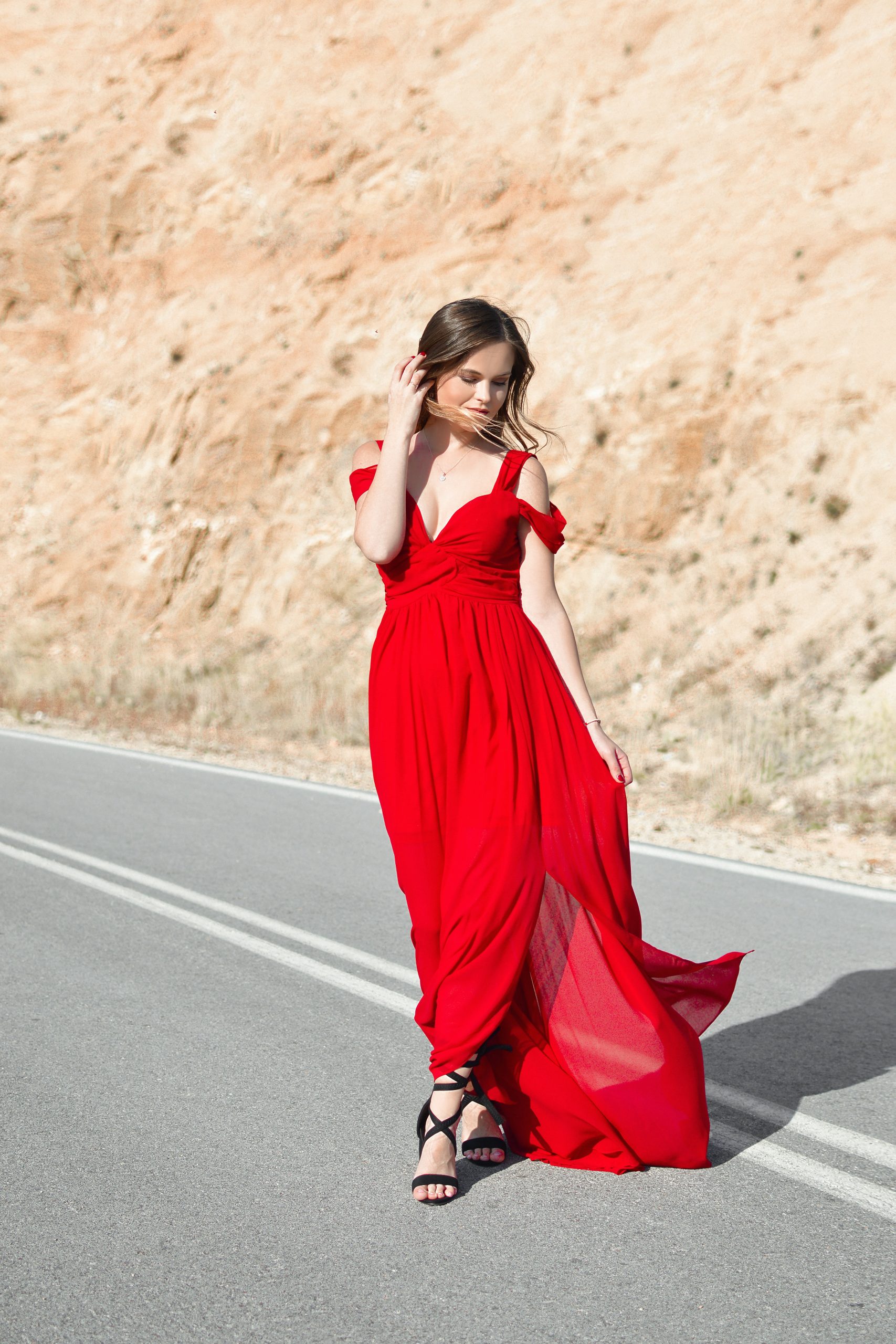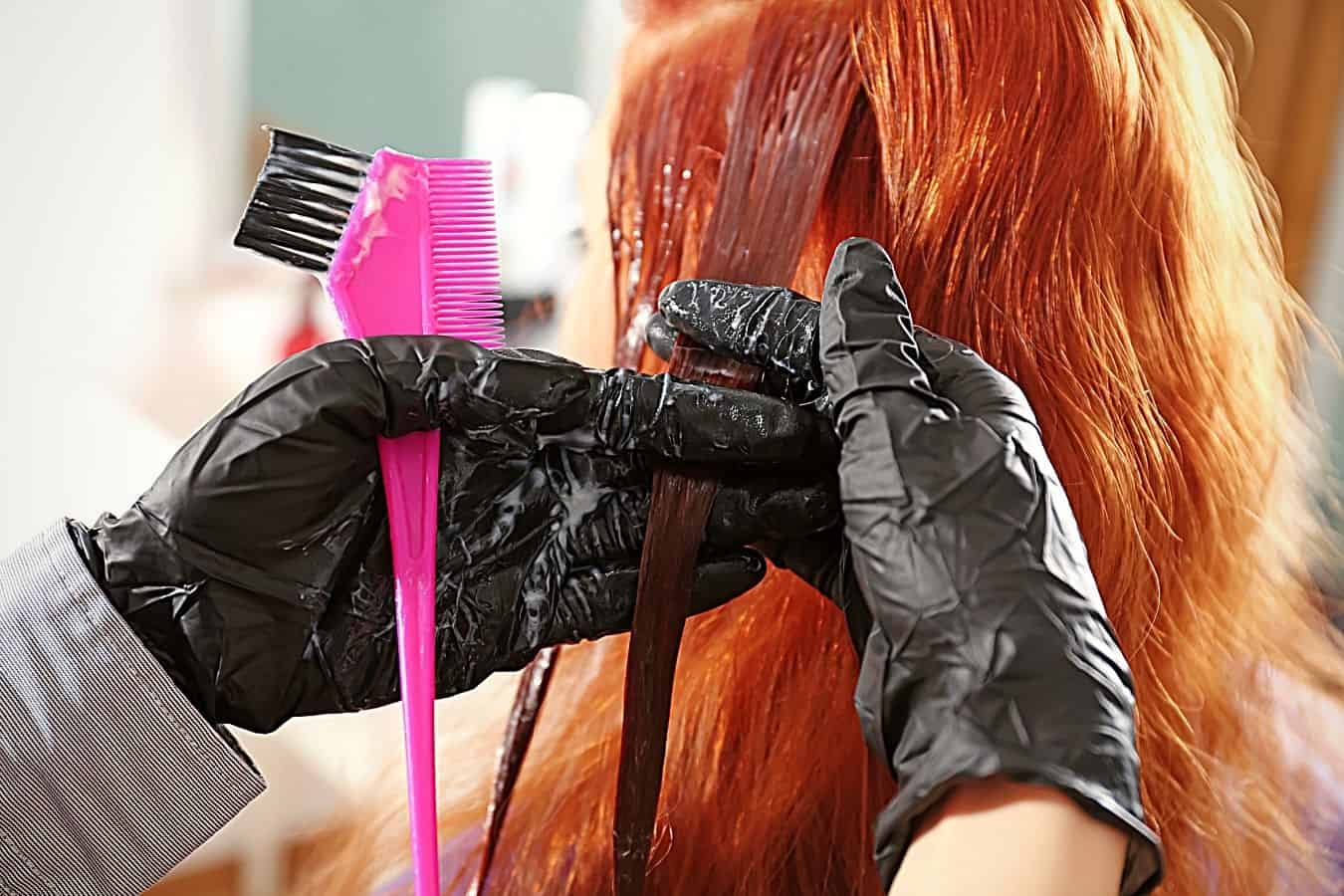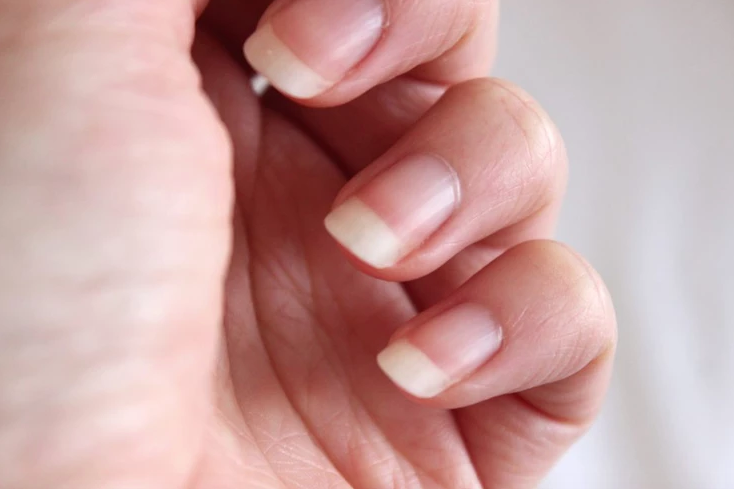Fashion has always been an essential aspect of our lives. It defines who we are, how we feel and what message we want to convey. High fashion, in particular, has long been associated with sophistication and exclusivity. However, as society evolves and embraces diversity and inclusivity, high fashion is also experiencing a significant transformation. Loosening up is the new trend that’s taking over the world of haute couture – one where comfort meets style without compromising on elegance. In this blog post, we’ll delve into the evolution of high fashion by exploring its history, types, pros and cons while providing tips on how to dress for it. So sit back and let’s take a journey through time together!
The History of High Fashion
High fashion has its roots in the 19th century when haute couture houses like Chanel, Dior and Givenchy emerged. These designers created exclusive designs for wealthy clients, setting themselves apart from ready-to-wear brands. The term “haute couture” means “high sewing,” which refers to the intricate and detailed craftsmanship that goes into creating each individual piece.
The first haute couture house was established by Charles Frederick Worth in Paris in 1858. He introduced new concepts such as seasonal collections, runway shows and custom fittings. This allowed him to create a loyal customer base of wealthy women who wanted to stand out from the crowd.
In the 20th century, high fashion started to become more accessible with the rise of department stores and mass-produced clothing. However, it remained an essential aspect of society’s upper echelons – a symbol of status and luxury.
Today, high fashion continues to evolve with designers experimenting with new materials, shapes and techniques while also embracing inclusivity by featuring models from diverse backgrounds on their runways. It’s exciting to see what the future holds for this ever-changing industry!
The Different Types of High Fashion
High fashion is a broad term that encompasses various styles and designs. The different types of high fashion are often influenced by time, culture, and society. Here are some of the most popular types of high fashion.
First, there’s avant-garde or experimental fashion that features out-of-the-box designs that challenge traditional norms. This type of high fashion is often showcased in runway shows and worn by celebrities who want to make a statement.
Next up is haute couture which refers to custom-made clothing created for individual clients with the highest quality materials available. These clothes are usually hand-sewn and require hundreds of hours to complete.
Another popular type is ready-to-wear, also known as prêt-à-porter in French. This type of high fashion offers more accessible versions of luxury clothing produced in larger quantities than haute couture pieces.
Streetwear has become increasingly popular over the years, thanks to its influence on hip hop culture and urban lifestyle. It combines athletic wear with designer pieces resulting in comfortable yet trendy looks.
Eco-fashion focuses on sustainability using environmentally-friendly fabrics such as organic cotton or recycled polyester while promoting ethical working conditions for garment workers.
The ever-changing world we live in continuously inspires designers to create new forms of expression through their work leading us into thinking about what will be next?
The Pros and Cons of High Fashion
High fashion has its own set of pros and cons. On one hand, it offers a wide range of unique styles that are both beautiful and trendy. However, on the other hand, it can be incredibly expensive and impractical.
One of the biggest pros of high fashion is that it allows individuals to express themselves in truly unique ways. Whether you prefer bold prints or minimalist looks, there’s always something for everyone in the world of high fashion. Additionally, investing in high-quality pieces means they will last longer and withstand trends.
However, with every pro comes a con. One downside to high fashion is that it can be incredibly costly. The price tag attached to designer clothing often reflects not only the quality but also the brand name associated with it. Furthermore, some items may not have practical use beyond occasional wear.
Another potential downside is exclusivity within the industry itself; diversity among designers remains low despite continued calls for change from consumers who want more representation across all genders, races and cultures.
People who love experimenting with their style or using clothes as an artistic expression will find value in exploring what high-fashion has to offer amidst its advantages and disadvantages alike!
How to Dress for High Fashion
Dressing for high fashion can be daunting, but it doesn’t have to be. The key is to strike a balance between wearing what’s trendy and staying true to your personal style. First and foremost, invest in quality pieces that will last you for years to come.
When it comes to picking out clothing items, opt for timeless pieces such as a classic blazer or tailored pants. These are versatile items that can be dressed up or down depending on the occasion. Additionally, don’t shy away from statement pieces such as bold prints or unique textures.
Accessories play an important role in completing any high fashion look. Choose accessories wisely by selecting simple yet elegant jewelry pieces like dainty necklaces or stud earrings. Statement bags with unique designs are also a great way of adding some extra flair without going overboard.
When putting together your outfit remember that less is more; aim for minimalism rather than cluttering yourself with too many layers and accessories at once. By following these tips, you’ll be able to create chic looks that are both stylish and comfortable!
What is the Future of High Fashion?
The future of high fashion is constantly evolving and transforming. The industry has been influenced by various factors such as technology, sustainability, and cultural diversity. As a result, we can expect to see some significant changes in the world of high fashion.
One significant trend that will shape the future of high fashion is sustainability. Many companies are now focusing on sustainable practices to reduce their environmental footprint. Consumers are becoming more aware of the impact fast fashion has on the environment and are looking for alternatives that align with their values.
Another important trend we can expect to see in the future is inclusivity. Diversity plays a crucial role in shaping our society, and it’s essential for designers to consider this when creating new collections. We can expect to see a rise in clothing lines catering towards different body types, genders, ethnicities, and cultures.
Technology will play an increasingly important role in high fashion’s future. The use of artificial intelligence (AI), augmented reality (AR), and virtual reality (VR) will enhance customer experiences through personalized recommendations based on individual preferences.
It’s exciting to see how these trends will influence the evolution of high fashion over time as brands continue to adapt their strategies accordingly while maintaining their distinctive styles.
Conclusion
High fashion has come a long way since its inception. What was once reserved for the elite and privileged is now accessible to everyone, thanks to the loosening up of traditional style rules. The evolution of high fashion has allowed for more creativity and self-expression, which is ultimately what fashion should be about.
However, it’s important to remember that while we embrace these changes in high fashion, we must also be mindful of the impact on our environment and society. Being sustainable and socially responsible should always remain at the forefront of our minds when it comes to dressing up.
In summary, let us continue pushing boundaries by embracing diversity in all aspects of fashion while keeping sustainability as a key consideration. After all, being fashionable doesn’t just mean looking good; it means feeling good too!










